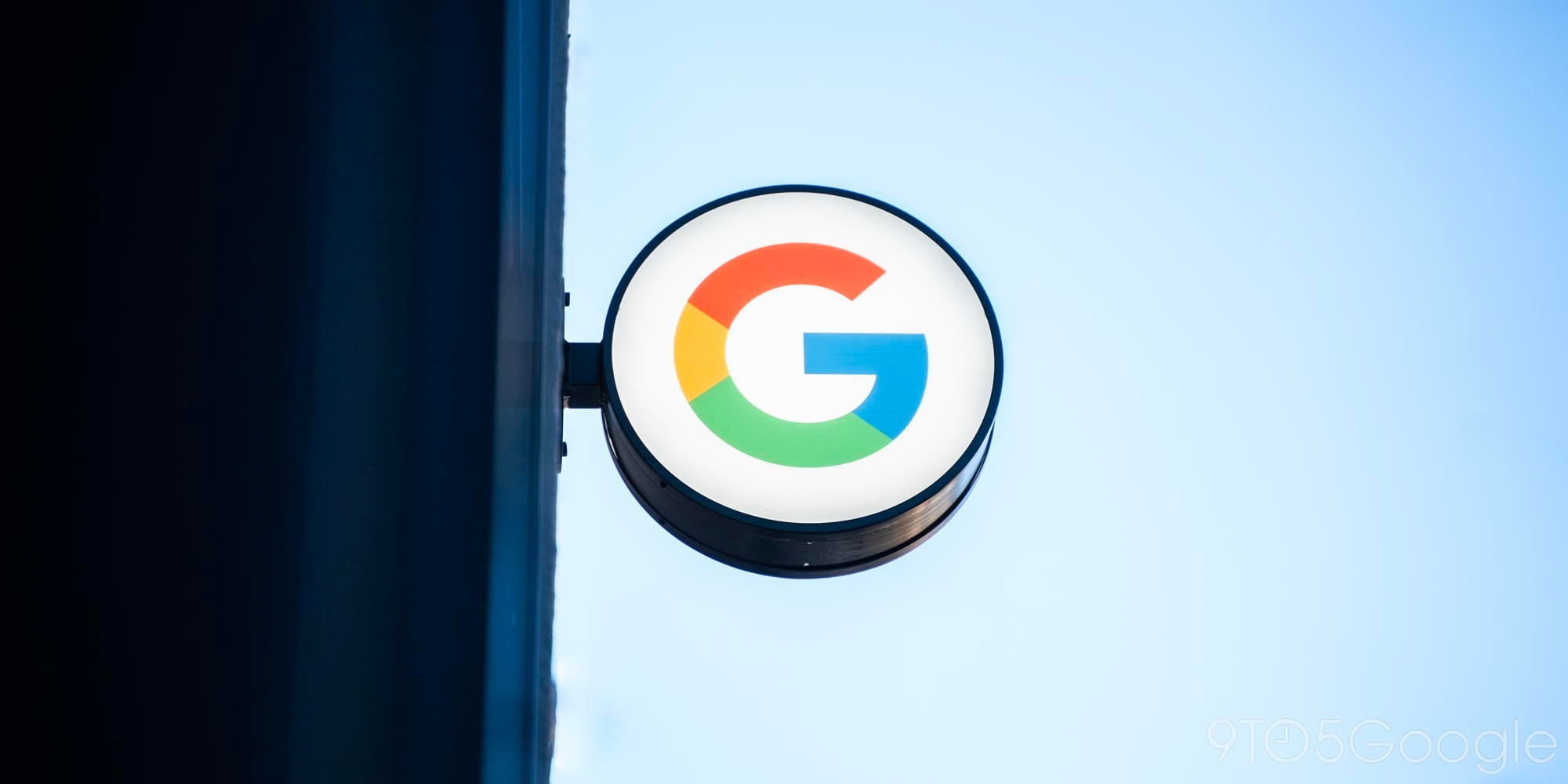
As the web becomes more feature-rich, speed and performance is a constant concern. The Google Chrome team has a new “Web Vitals” initiative that brings together “quality signals that are essential to delivering a great user experience on the web.”
Google says that the three “2020 Core Web Vitals” are “critical to all web experiences,” and reflect common use cases. They cover loading experience, interactivity, and visual stability of page content:
- Largest Contentful Paint measures perceived load speed and marks the point in the page load timeline when the page’s main content has likely loaded.
- First Input Delay measures responsiveness and quantifies the experience users feel when trying to first interact with the page.
- Cumulative Layout Shift measures visual stability and quantifies the amount of unexpected layout shift of visible page content.

Google wants to surface these Core Web Vitals across its web dev tools. It’s starting with a Chrome extension that provides a visual indicator for each metric. In the future, the tool will show aggregated real-user insights instead of just data from your current visit.
Chrome UX Report enables site owners to quickly assess performance of their site for each Web Vital, as experienced by real-world Chrome users. The BigQuery dataset already surfaces publicly accessible histograms for all of the Core Web Vitals, and we are working on a new REST API that will make accessing both URL and origin level data simple and easy — stay tuned.
Moving forward, Google will update Lighthouse, Chrome DevTools, PageSpeed Insights, and Search Console’s Speed Report with guidance on how to improve each metric.
Web Vitals will be updated annually with new measurements as the current edition does not yet provide a “complete set of metrics that captures the ideal user experience on the web.” Google is also looking to create better tools for measuring page speed and other key user behaviors:
For example, extending the ability to measure input latency across all interactions, not just the first; new metrics to measure and quantify smoothness; primitives and supporting metrics that will enable delivery of instant and privacy preserving experiences on the web; and more.
FTC: We use income earning auto affiliate links. More.


Comments